Giving way to someone means you make sure that person doesn’t have to do anything to avoid you. For example, they don’t have to stop, slow down or swerve.
There are times when other vehicles have to give way to you, but that doesn’t mean you have the right of way. It’s up to all road users to avoid a crash whenever we can. You should always be ready to stop, especially at intersections. Keep an eye out for hazards and look out for others who might make a mistake.
Give way rules are road rules that allow all road users to know who needs to give way and when they can go safely. They are the same whether you are riding or driving:
Stop or give way at intersections
When turning, give way to vehicles that are going straight ahead
When turning right, give way to all vehicles coming towards you
Give way at T-intersections
If none of the other give way rules apply, give way to your right
You must stop or give way when necessary at these places:
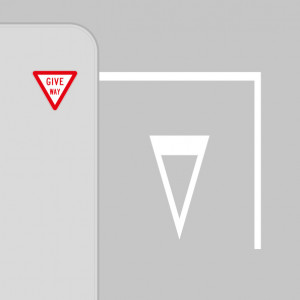
Give way markings
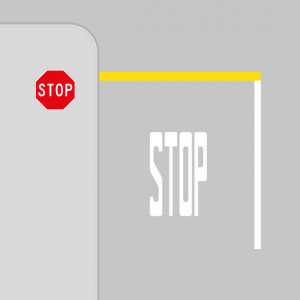
Stop markings

Uncontrolled intersection
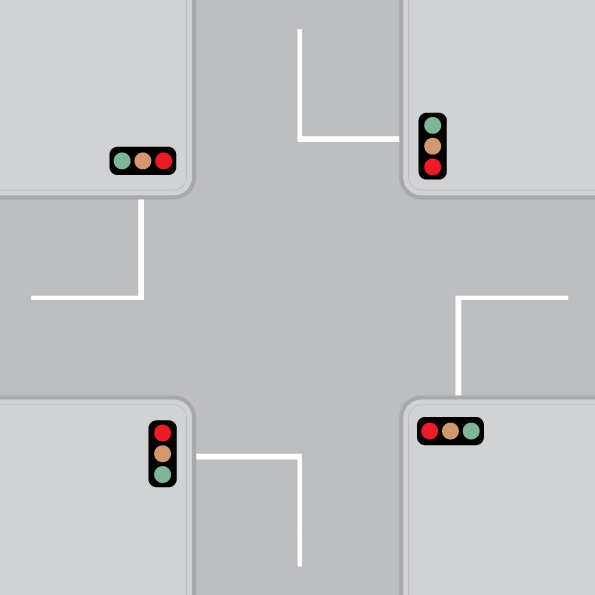
Traffic lights
If you’re turning, you must give way to vehicles that are going straight ahead.
If you’re leaving a marked centreline at an uncontrolled intersection, this counts as turning and you must give way to vehicles that are following the centreline.
If you’re riding across a footpath, bus lane or cycle lane, you must give way to people on the footpath or travelling in those lanes.
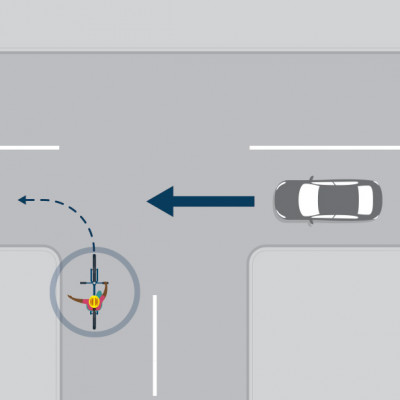
Give way to vehicles continuing straight ahead if you are turning
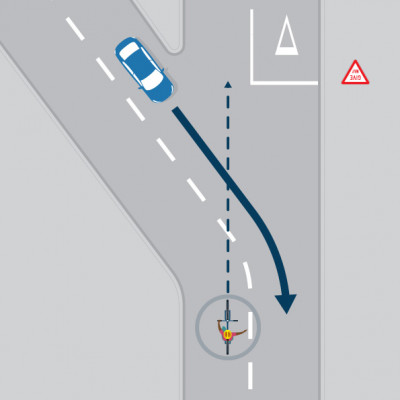
Give way to vehicles following the centreline if you are crossing the centreline
If you’re turning right, you must give way to all vehicles coming towards you including those turning left. This rule applies when both vehicles are facing the same signs or traffic lights, or when they’re not facing any signs or traffic lights.
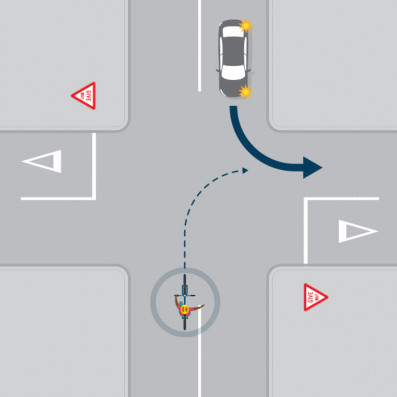
Give way to vehicles turning left if you are turning right
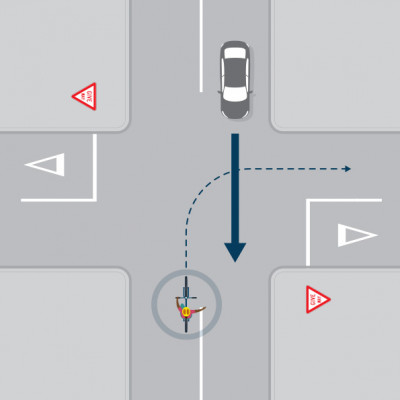
Give way to vehicles continuing straight if you are turning right

At uncontrolled intersections give way to vehicles continuing straight ahead if you are turning right
If you and a vehicle coming towards you are both turning right, many intersections allow both vehicles to turn at the same time because your paths don’t cross.
You can both go if it is safe, but be careful if your paths might cross – such as a large truck or bus needing more room to make the turn. And watch for following traffic that may not be turning.
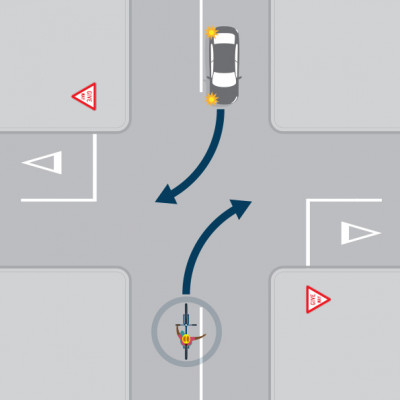
If both vehicles are turning right, neither has to give way to the other
At a T-intersection, public access or driveway, traffic on the road that ends must give way to all traffic on the road that continues.

At a T-intersection give way to traffic on the road that continues if you are turning from the road that ends
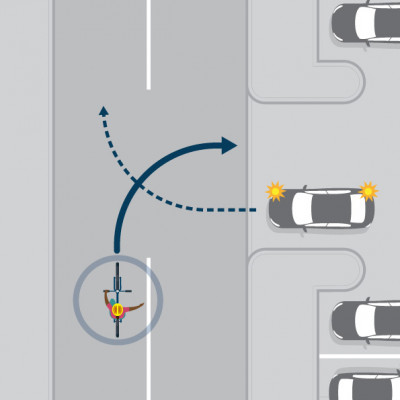
Public entrance or exit
If none of the other four give way rules apply, use rule #5. This rule says that you must give way to all vehicles coming from your right.
If all roads at an intersection have the same sign (for example, a stop sign) or no sign, you must give way to everything coming from your right.
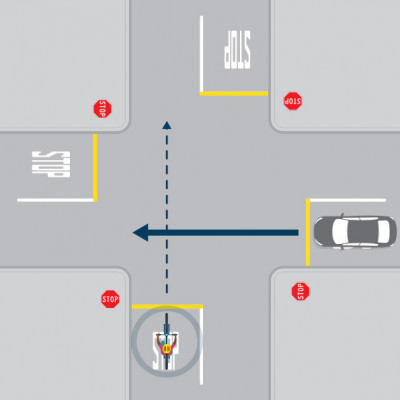
Give way to vehicles coming from your right
The five give way rules are useful most of the time. But sometimes you’ll need to use a bit of common sense. We all have to share the roads. Part of good driving, cycling, scooting and walking is being courteous and considerate of others.
The give way rules at pedestrian crossings are different.